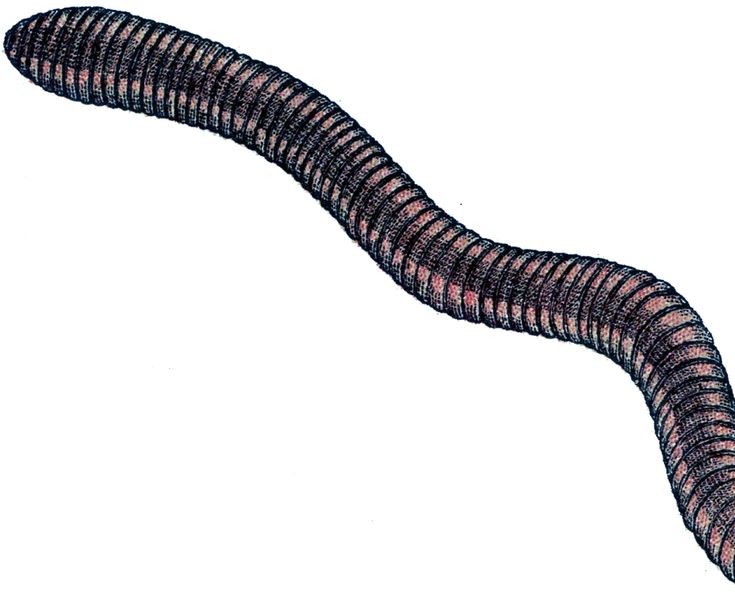The natural world is full of creatures that are different from each other and don’t always fit into neat categories.
And among all these, the skinny black worm is an exciting and mysterious creature.
If you see a thin black worm, you might wonder what it is, what it does, and its role in the environment. Because, there are other varieties of black insects as well those one sees in their day to day life. So, you must be sure what exactly you are looking for?
So, in this article, we’ll determine especially what’s mysterious about the black skinny worm by examining its complex characteristics.
Identification of Black Skinny Worms

The black skinny worm can refer to several kinds of long, thin worms or larvae. It is a broad and exciting term. These fascinating living things can be as small as a few millimeters or as long as several inches. Their dark, almost black color is what makes them stand out. It makes them exciting creatures to see in nature. But look deeper into their taxonomy and traits. You’ll find a complicated web of adaptations and ecological roles that make these worms more interesting to study and learn about.
Habitat and Distribution of Black Skinny Worms
Because they are so good at adapting, black skinny worms have made a home for themselves in many different places worldwide. Scientists and ecologists find them interesting to study because they can live in many other places.
These worms can be found at sites like:
1. Compost Bins: Without these hardworking worms, the world of recycling wouldn’t be the same. Black skinny worms are essential to turning organic material in compost bins into nutrient-rich soil that plants and fields can use.
2. Garden and Soil: Black, skinny worms are often found in gardens and farming fields’ rich, earthy soil. Here, they help keep the soil healthy by letting air into the ground and breaking down organic waste.
3. Aquatic Environments: Some black skinny worms live in ponds and streams, which are freshwater ecosystems. In these watery environments, they are an essential part of the food web because they feed a wide range of aquatic animals.
4. Decomposition: Black skinny worms actively participate in the decomposition process in places where organic matter is breaking down. Eating dead plants, leaves, and other waste helps return essential nutrients to the soil, which keeps the circle of life going.
These examples show that black skinny worms can live in many different habitats and niches. It shows how important they are to ecological processes all over the natural world. To understand what part they play in ecosystems, knowing where and how they like to live is essential.
Ecological Role of Black Skinny Worms
Like other worms, black skinny worms are essential to the communities in which they live. Here are some of the ways they help the environment:
- When these worms are in the soil, they help improve the structure and fertility of the earth by making pathways and letting air in. It makes it easier for roots to grow and help water get into the soil.
- Black, skinny worms are essential for breaking down dead things. They turn organic matter like leaves, dead plants, and other trash into valuable nutrients that improve the soil.
- Black skinny worms are a food source for fish and insects in aquatic environments. It adds to the general diversity of these ecosystems.
- When put in compost bins, these worms speed up the breakdown process, turning food scraps and yards into nutrient-rich compost that can be used to feed plants.
Conclusion
The world of black skinny worms is fascinating, even though it is often wrapped in mystery. It gives us a glimpse into our planet’s complex and varied ecosystems. Even though the word “black skinny worm” can refer to many different species, each with its unique traits and roles, it shows how amazingly diverse the natural world is.
People often don’t notice these unassuming creatures, but they are essential to the health of the soil, the decomposition process, and aquatic environments. Black skinny worms show how all life on Earth is linked.
They aerate the soil in gardens, help turn organic matter into compost, and are an essential link in aquatic food chains.
Frequently Asked Questions
Do All Skinny Black Worms Belong to The Same Species, or Are These Different Kinds?
Black skinny worms are a broad term for a group of long-bodied worms from different species. Different species can be of various sizes and colors and play other parts in their ecosystems. It means that not all black skinny worms are the same.
Are Black Skinny Worms Important for Farming or The Economy?
Some skinny black worms, especially those that live in dirt and compost, are very important to farming and gardening. They help the soil stay healthy and full of nutrients by breaking down waste and letting air into the ground.
Do Thin Black Worms Hurt Plants and Gardens?
Often, black skinny worms don’t hurt plants or fields. They are usually good because they break down organic waste and improve soil quality. But too many of some kinds of worms can cause problems in some agricultural areas if there are too many of them.
Can Thin Black Worms Be Used as Fishing Bait?
Yes, some fishermen use certain kinds of skinny black worms as bait. Different kinds of fish can be drawn to these worms because of how they move and smell.

